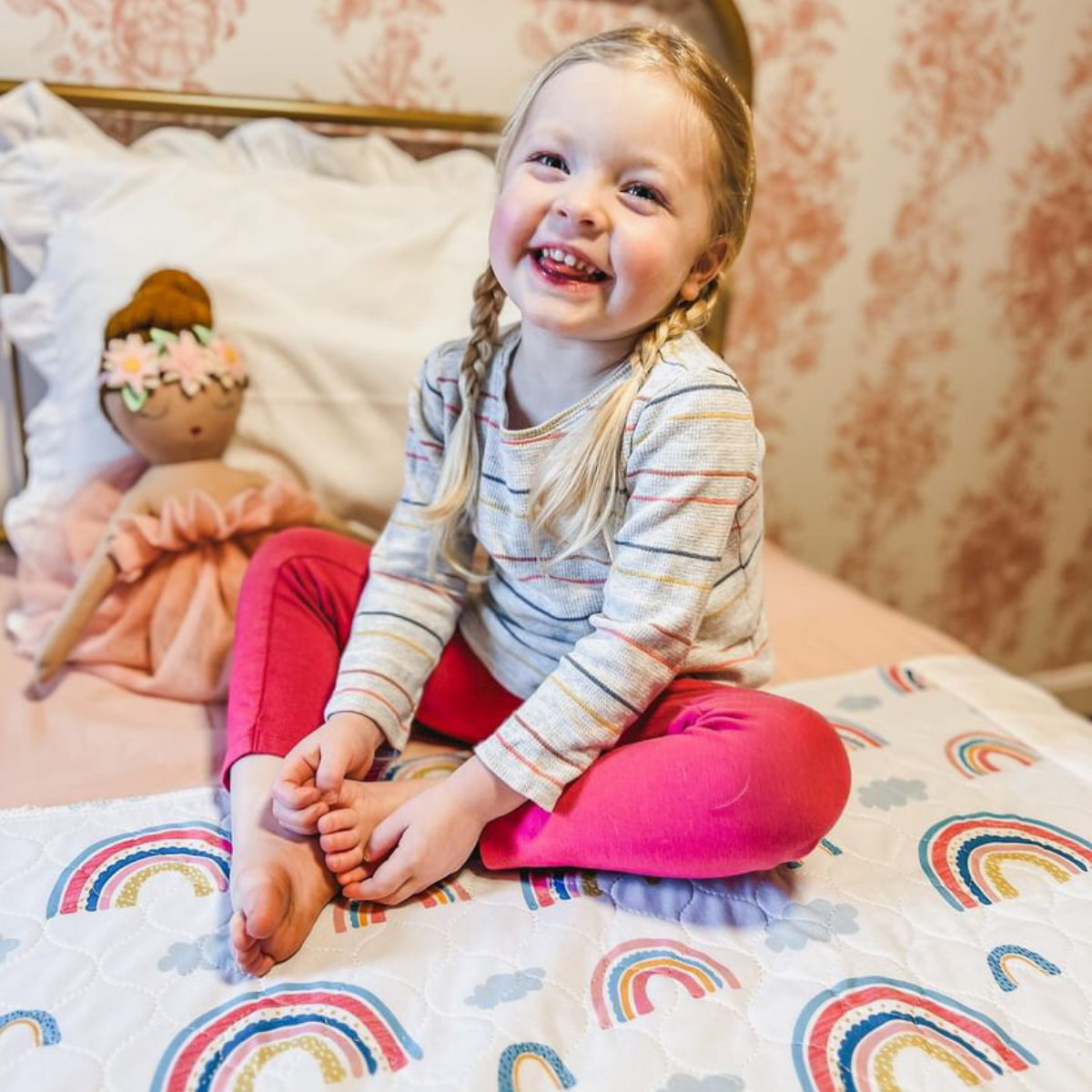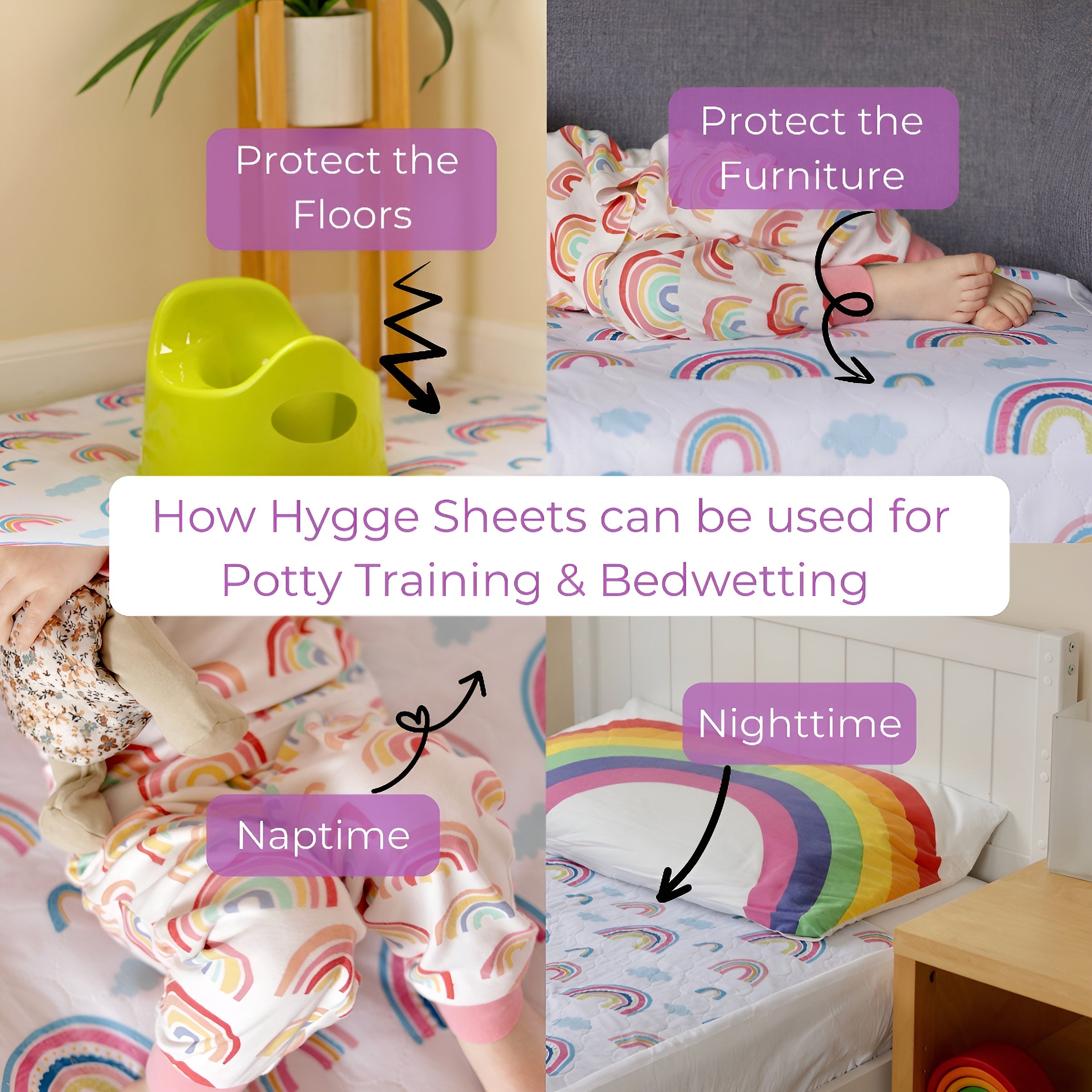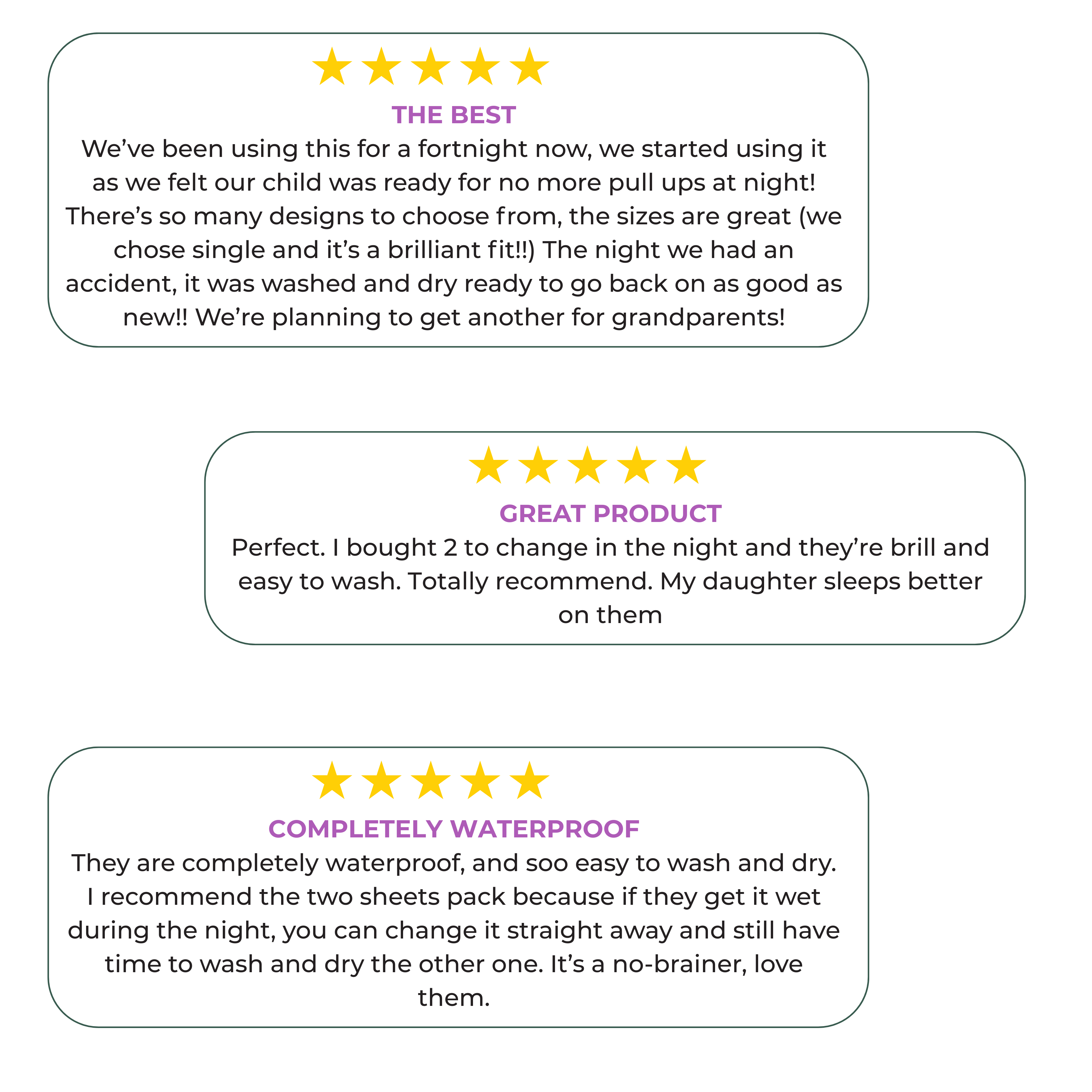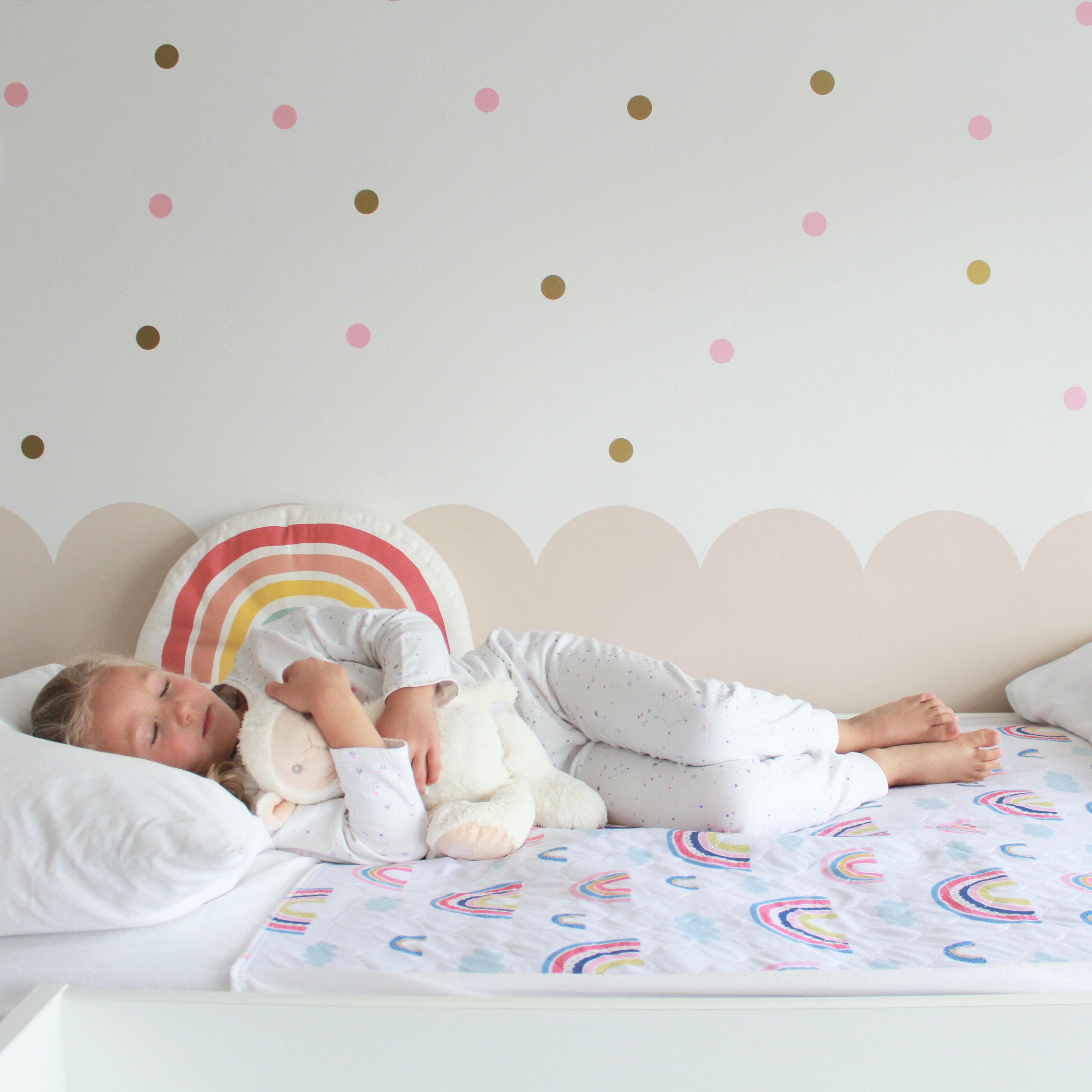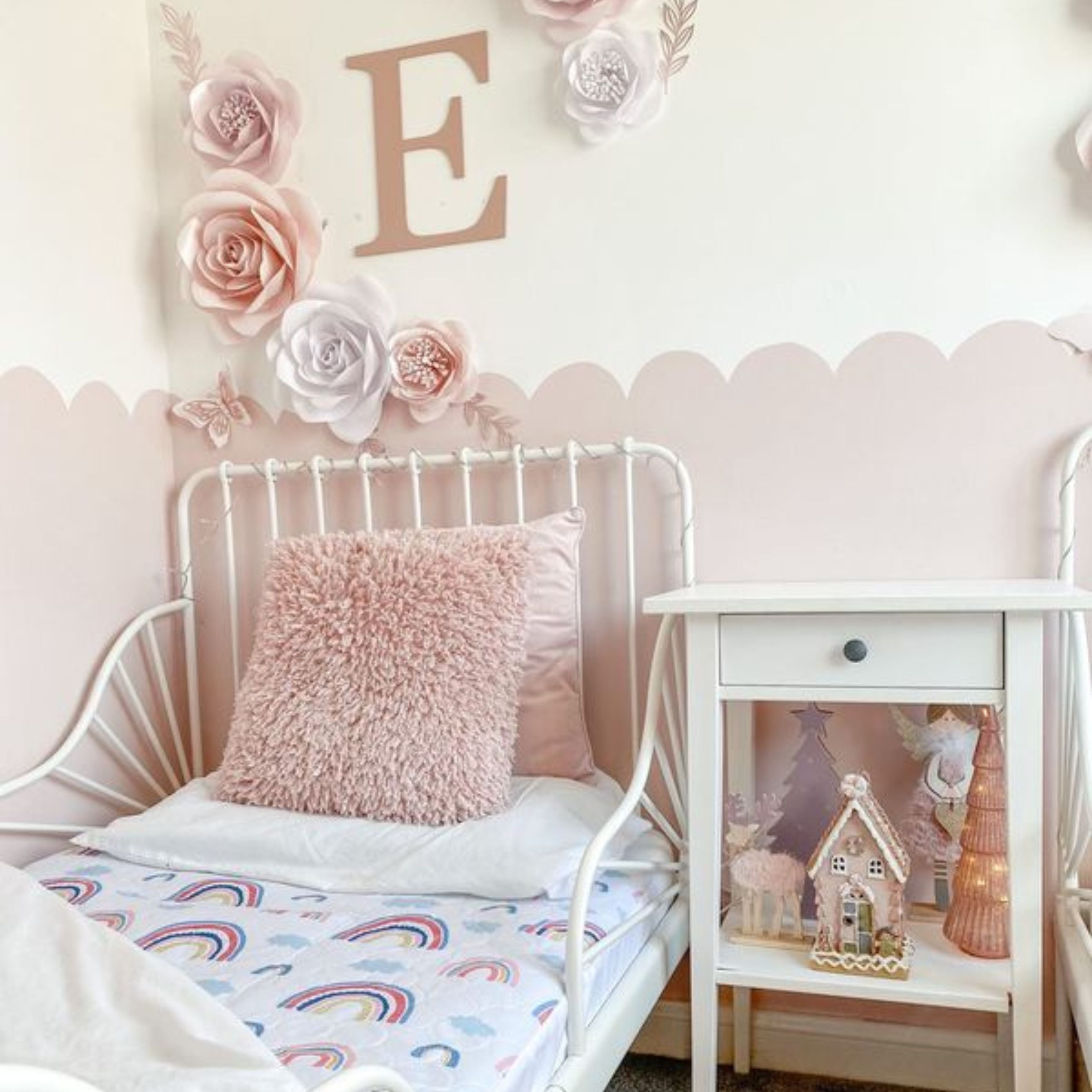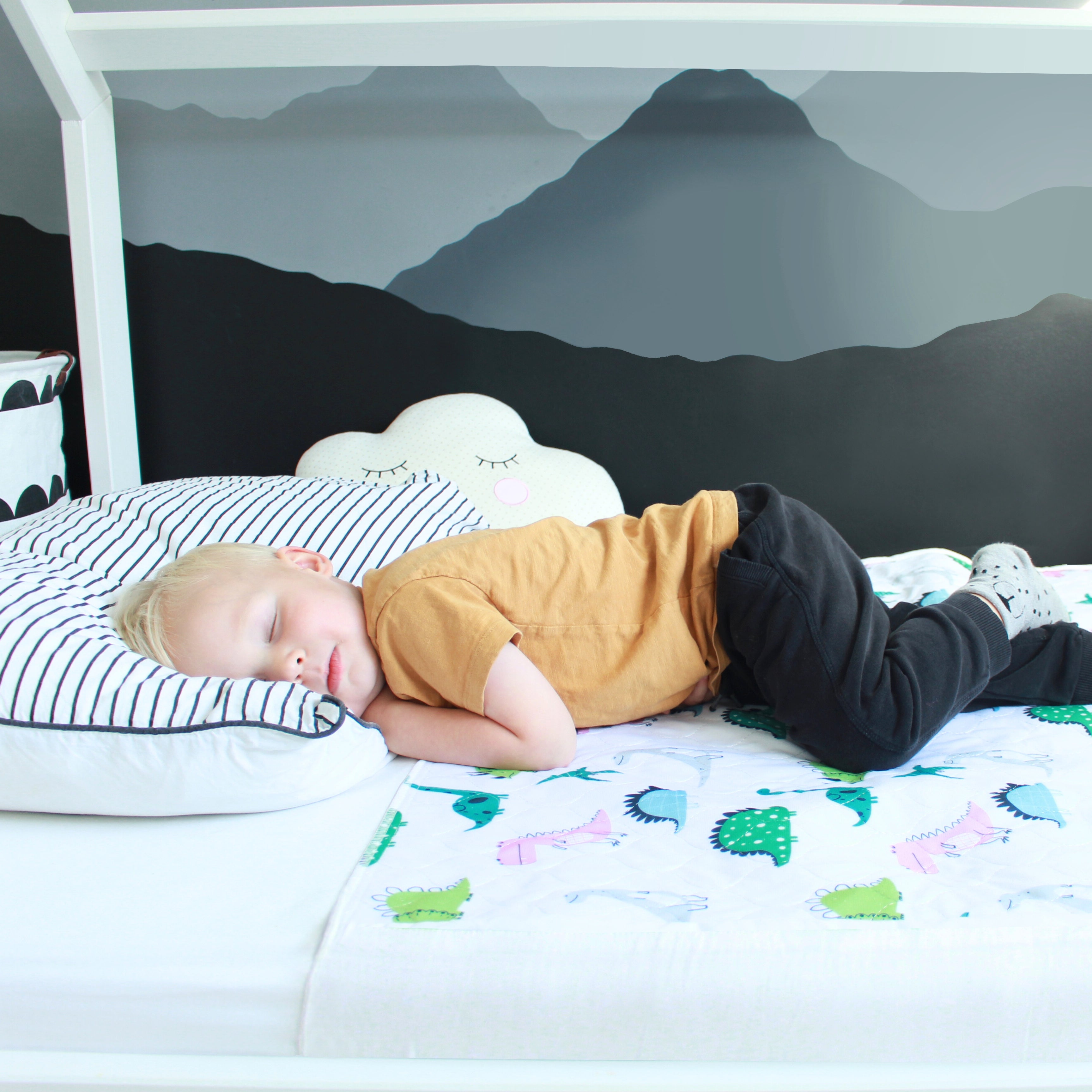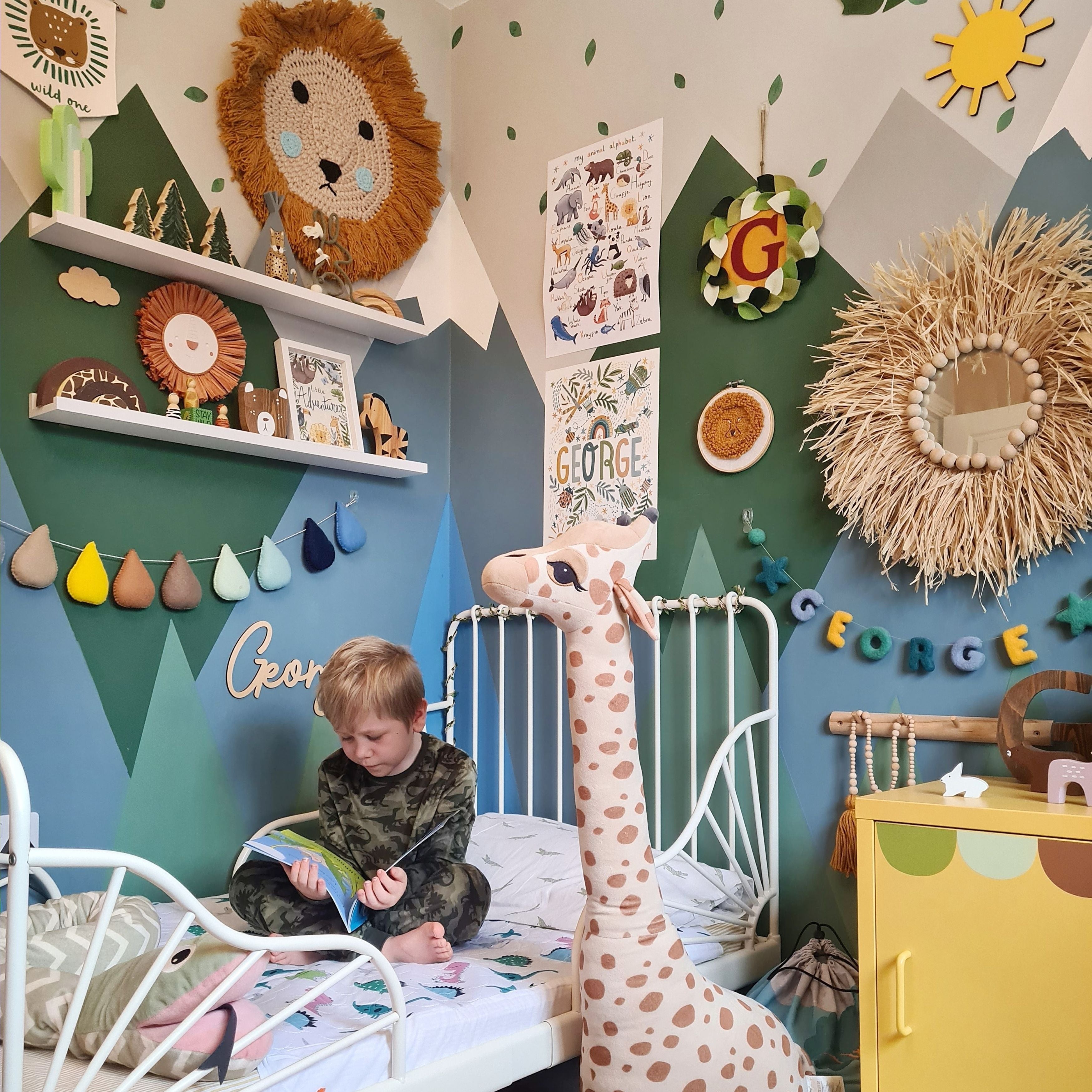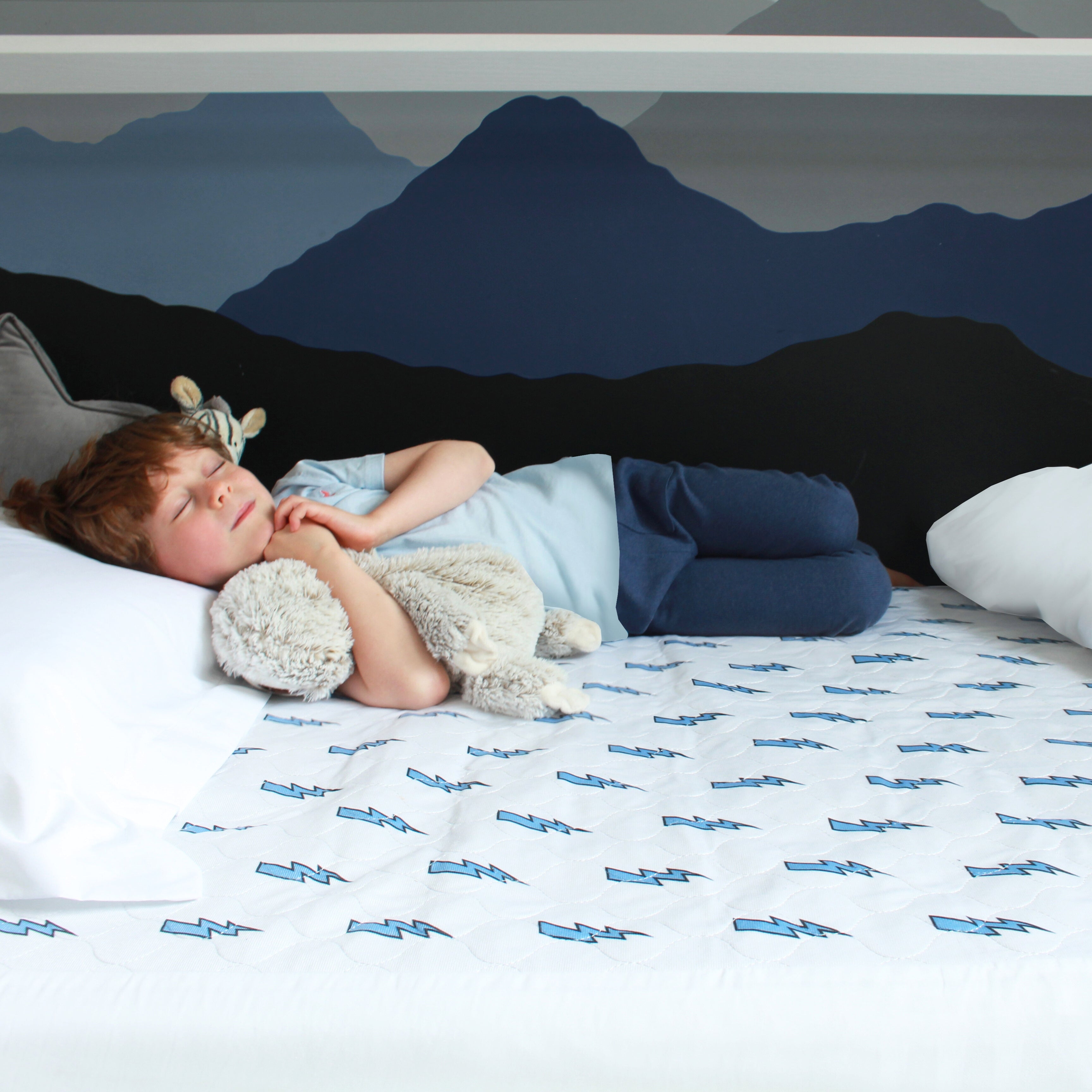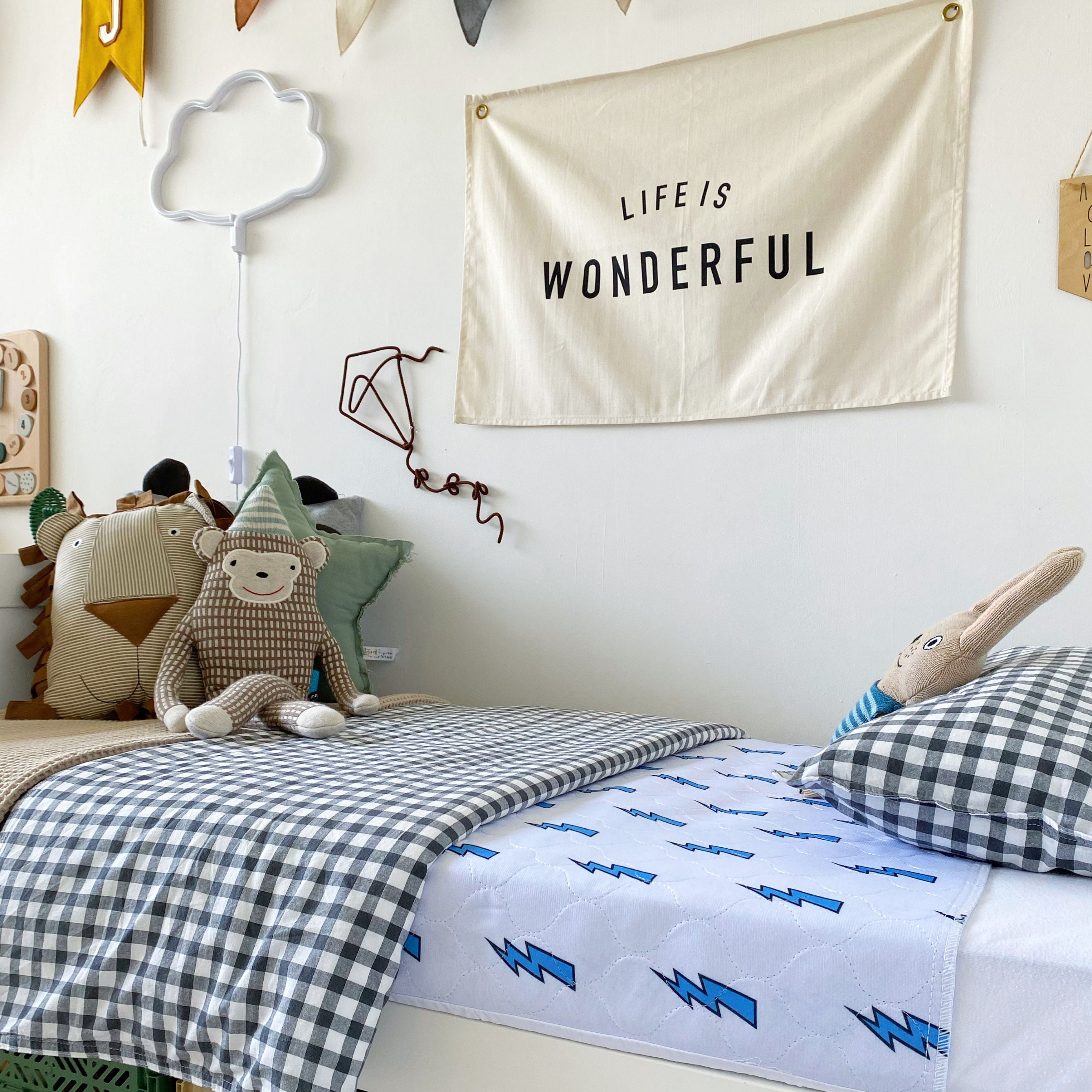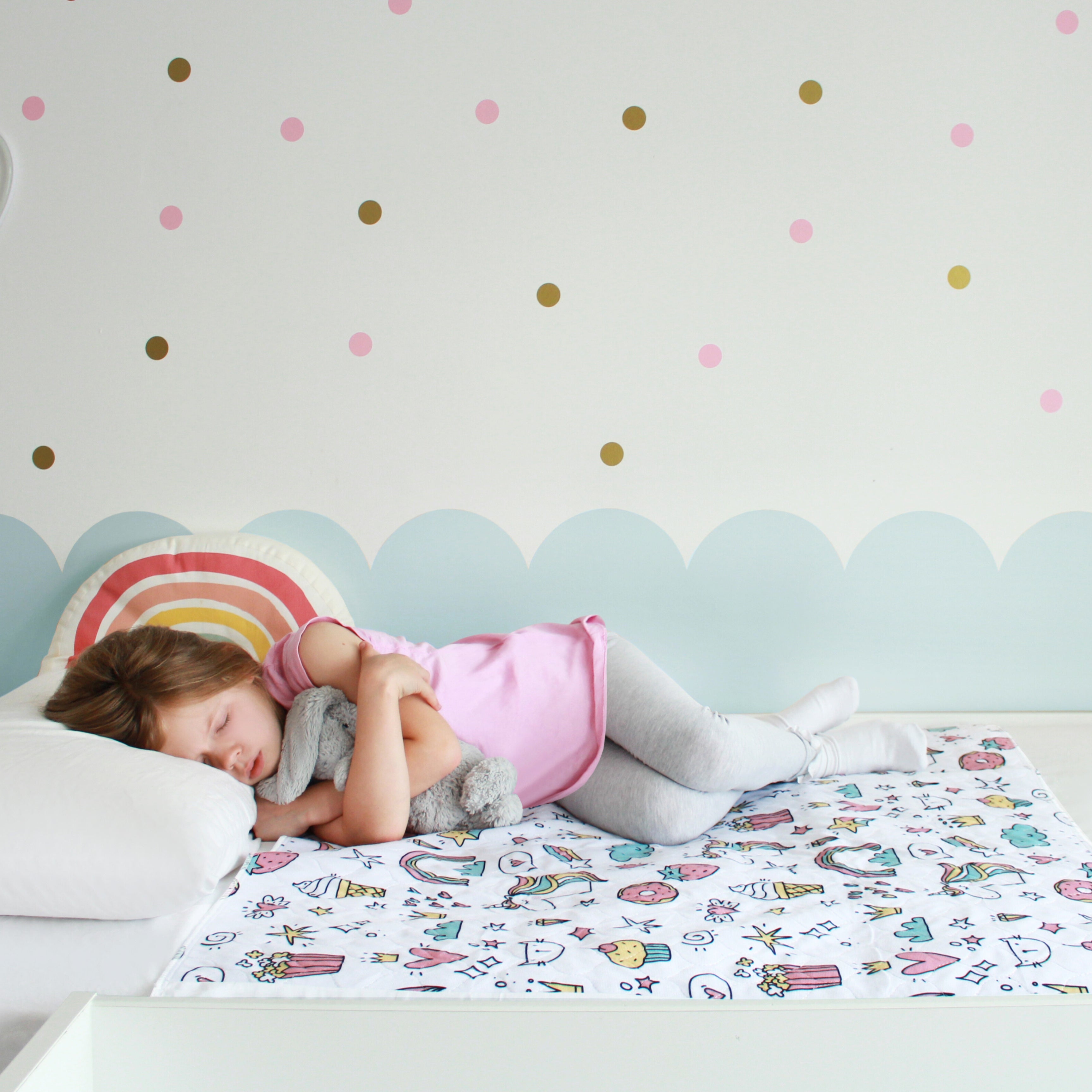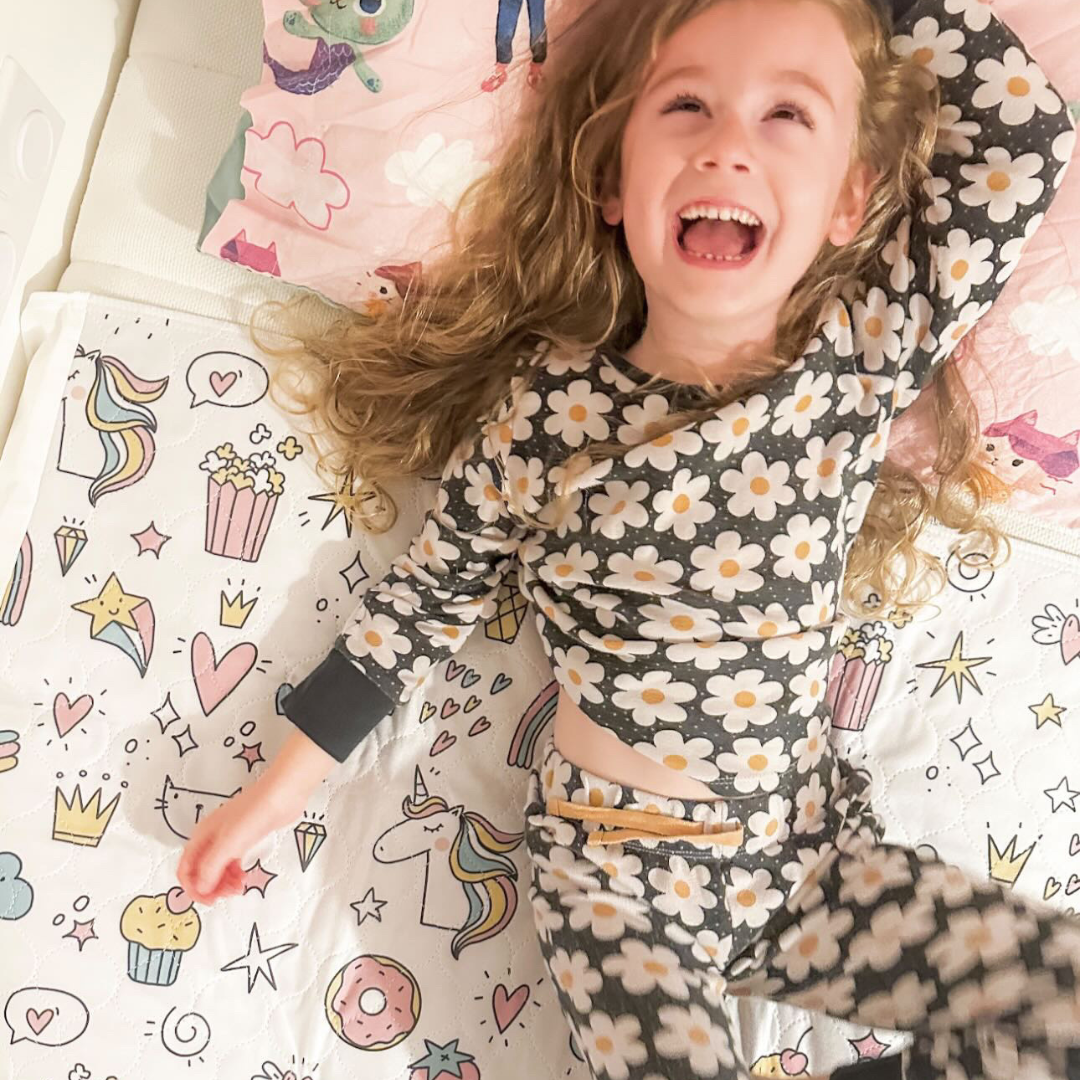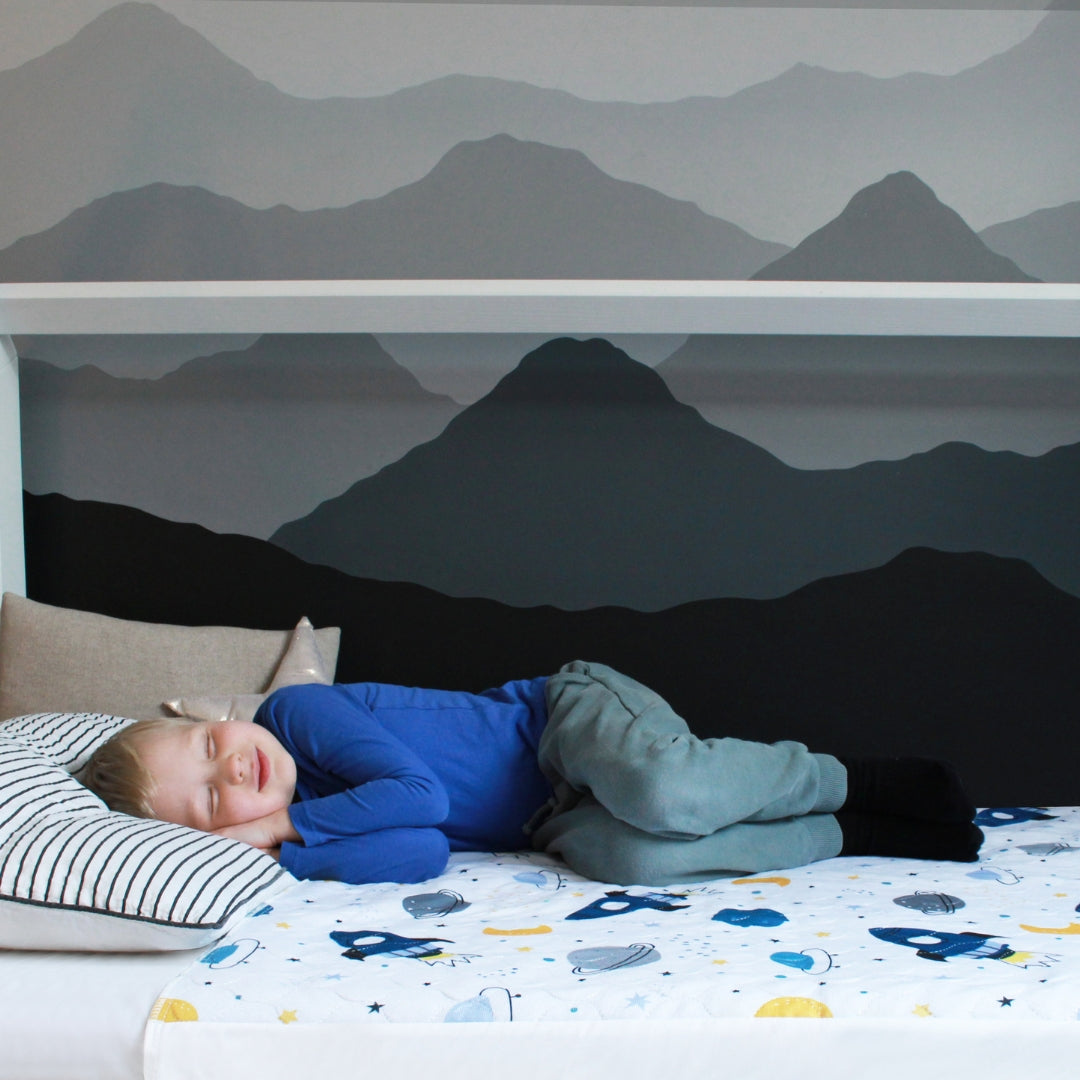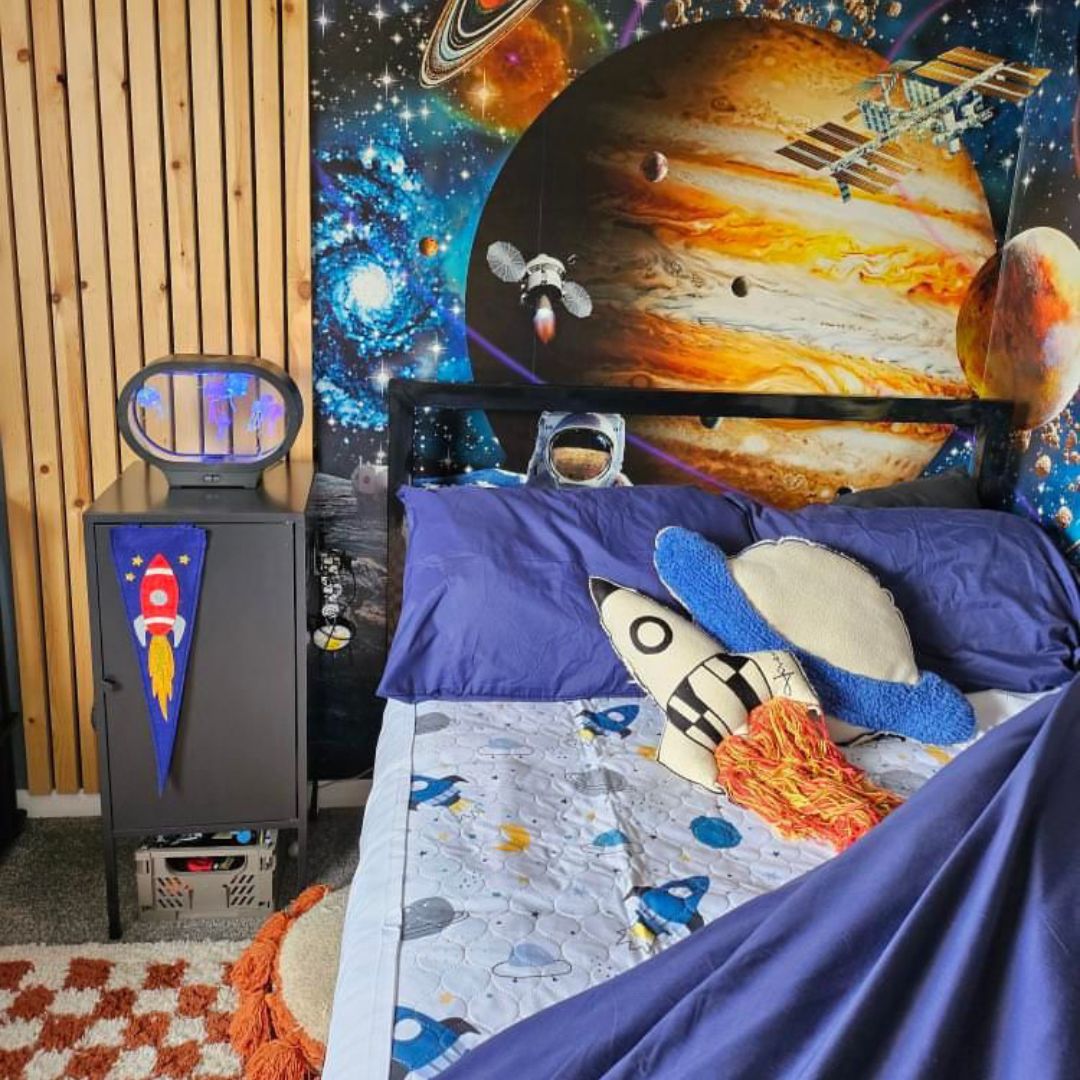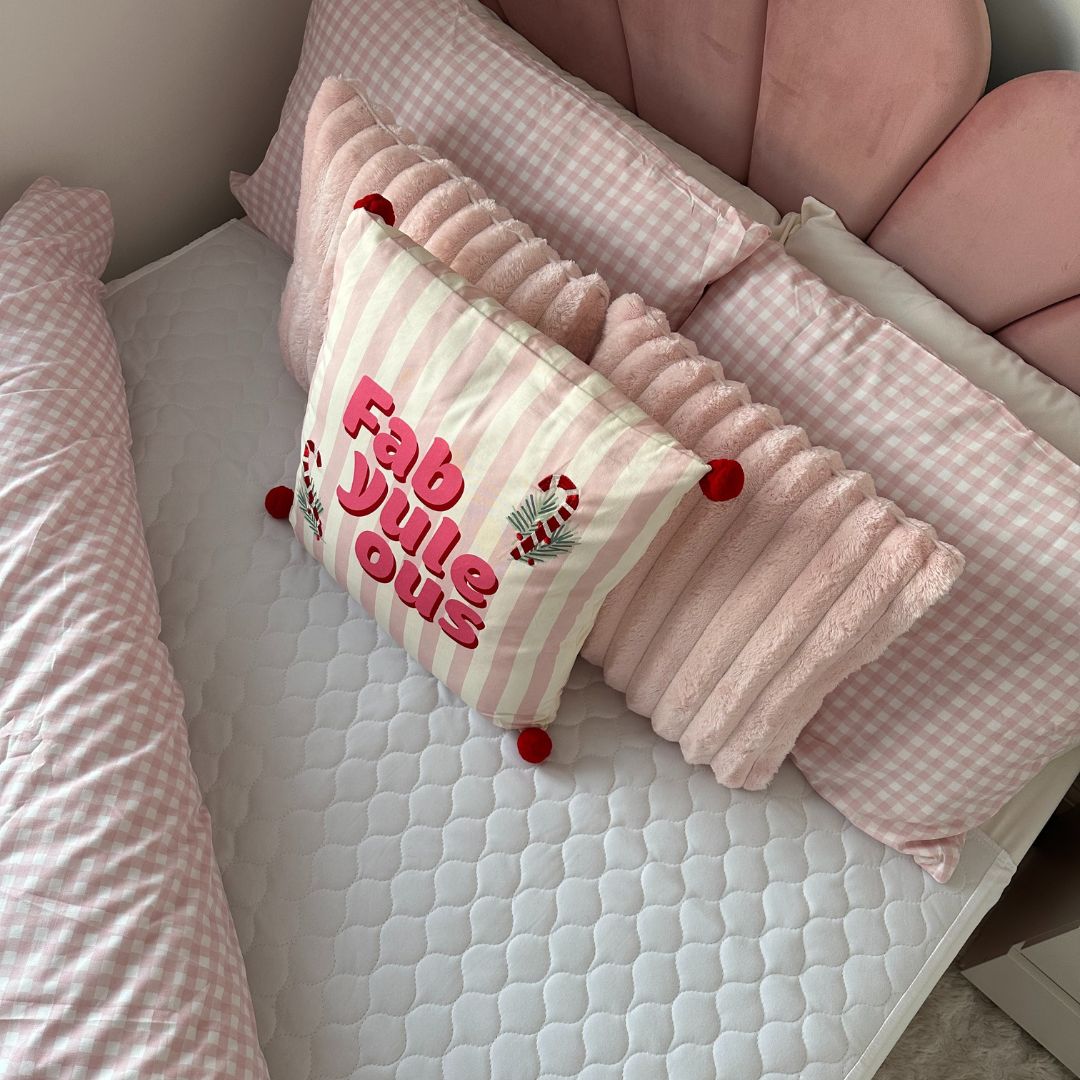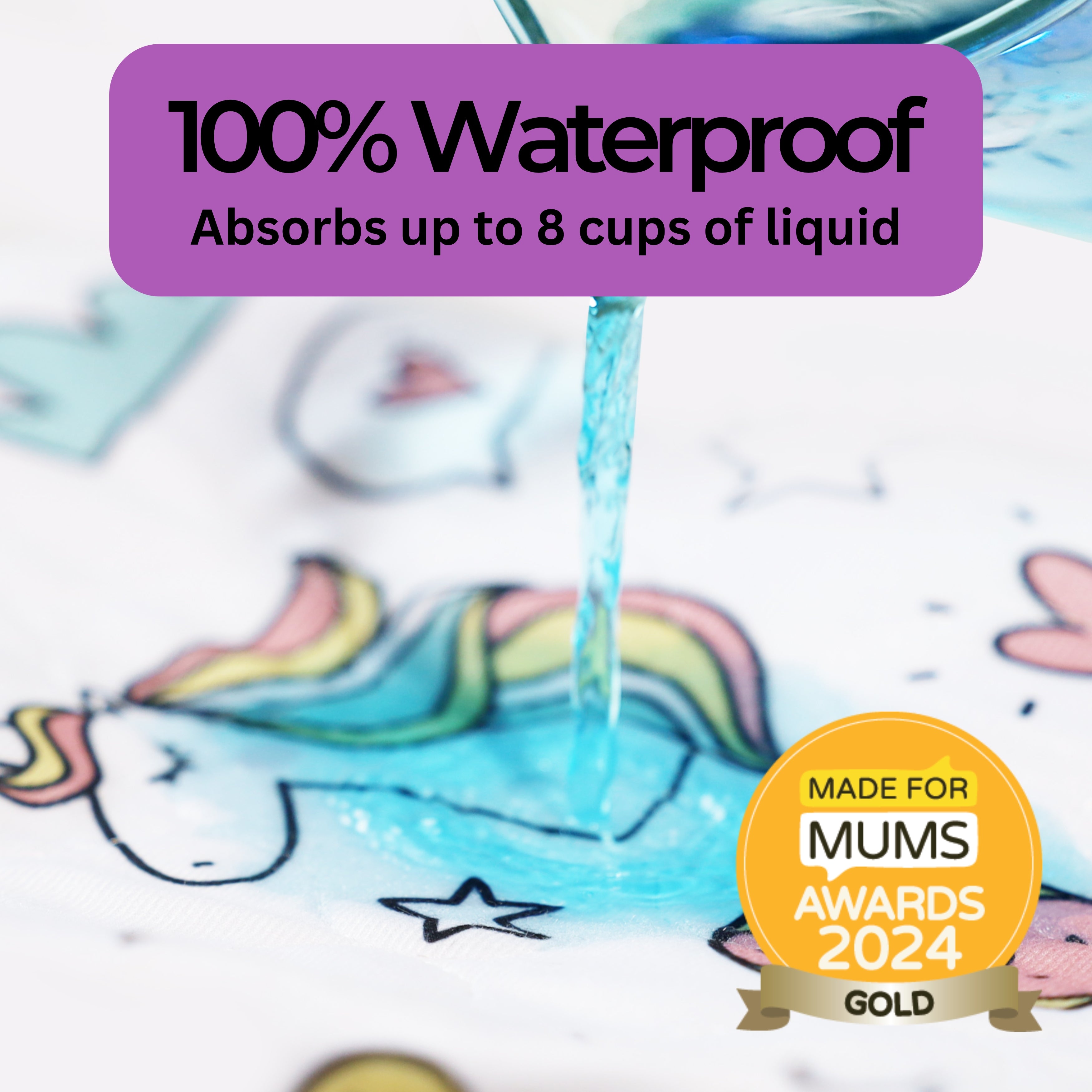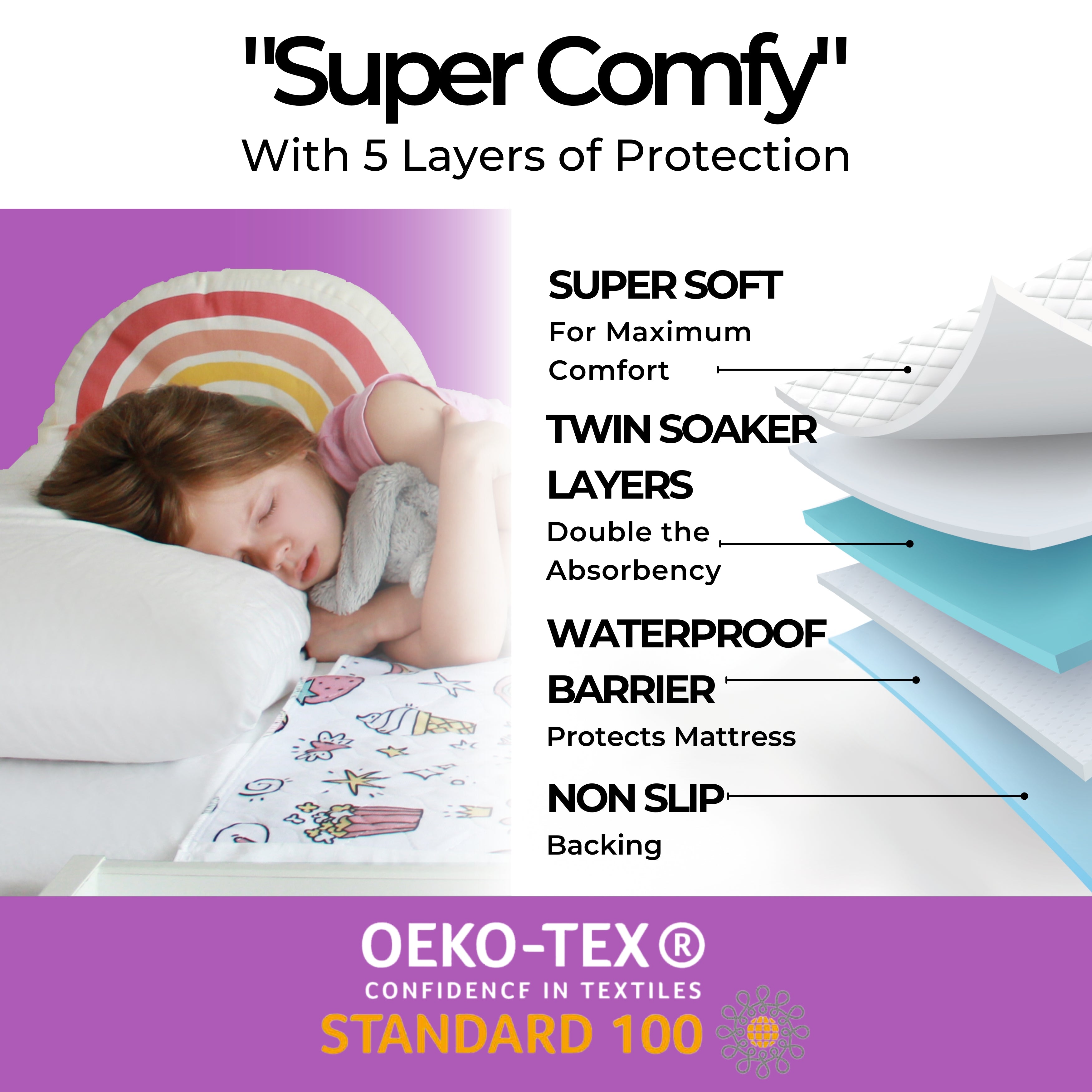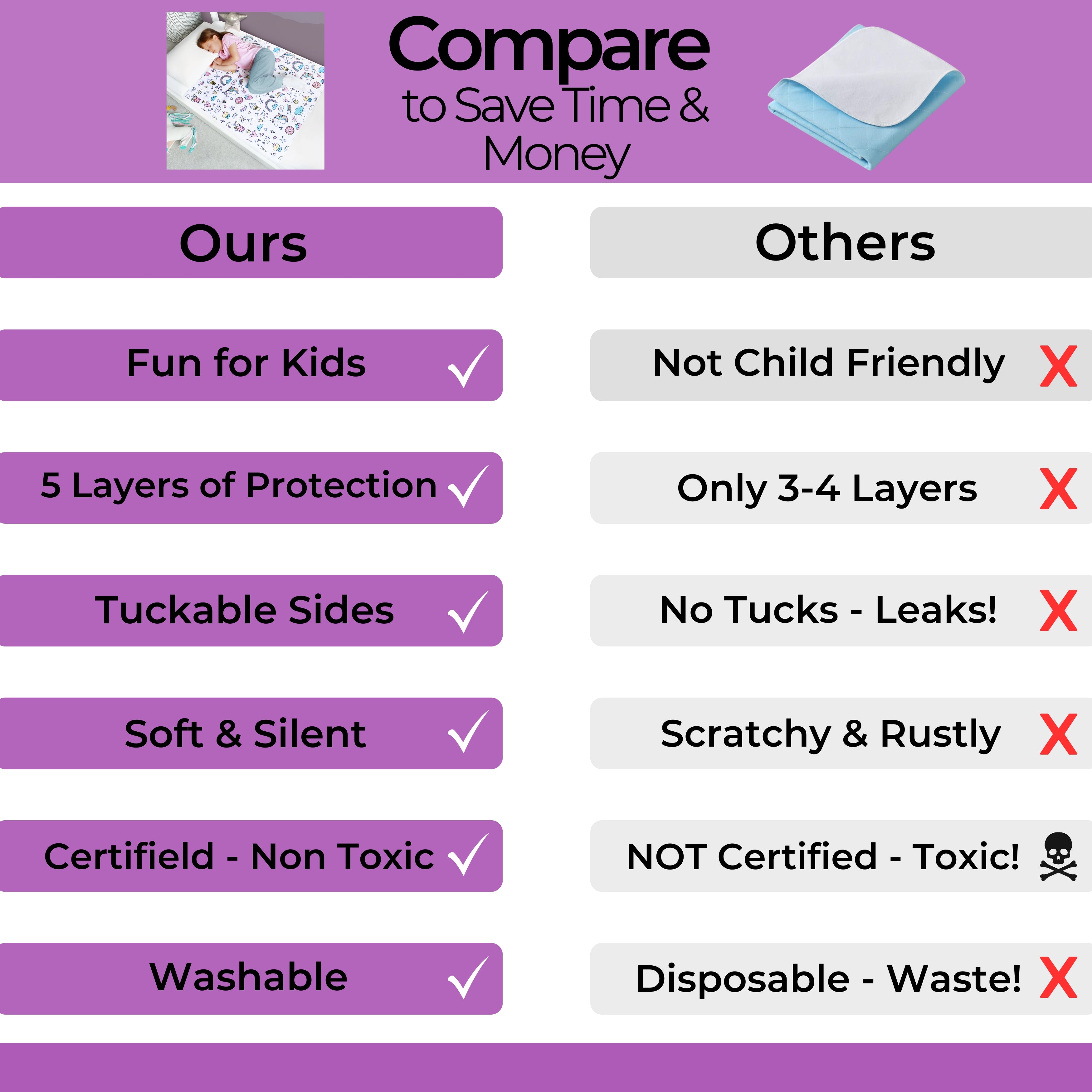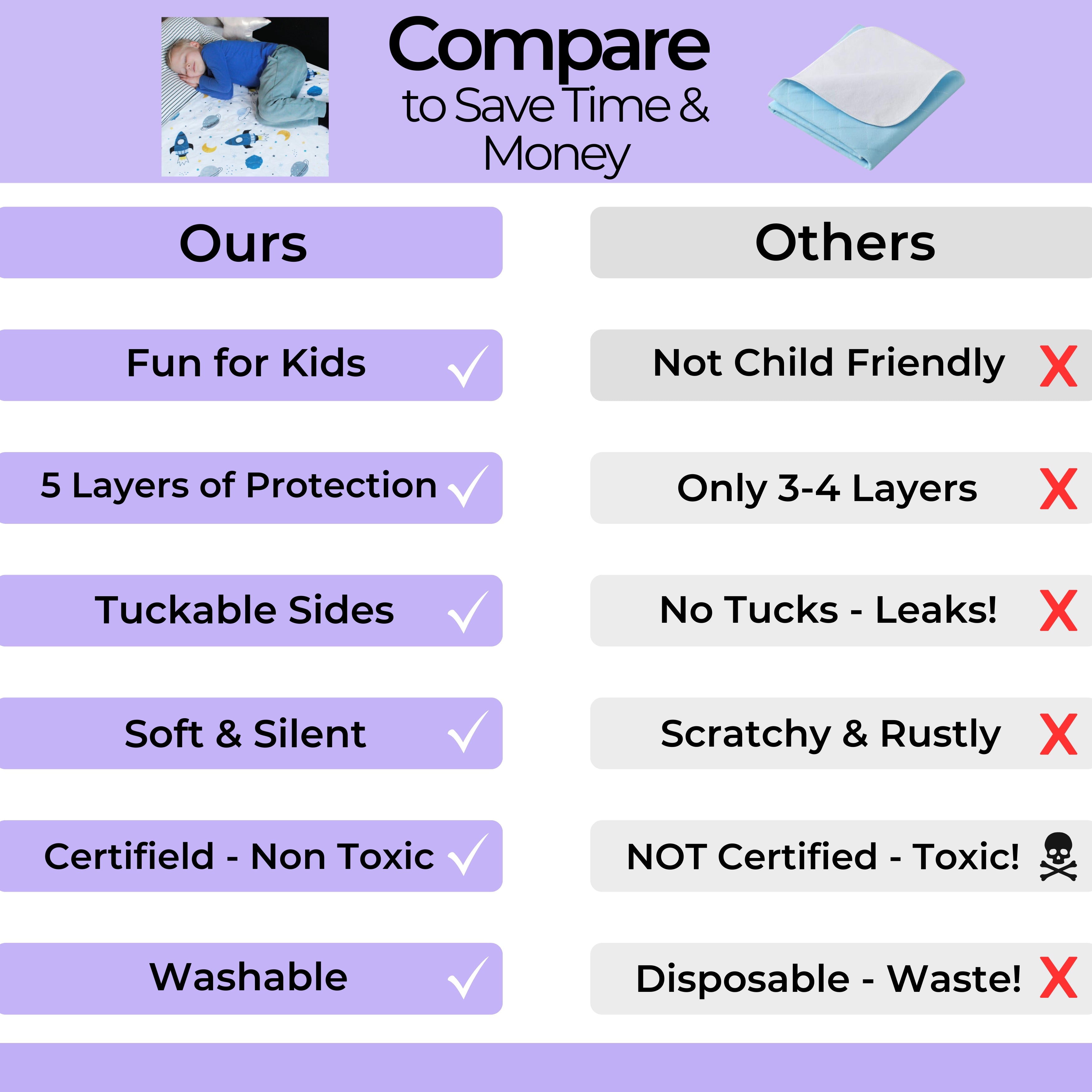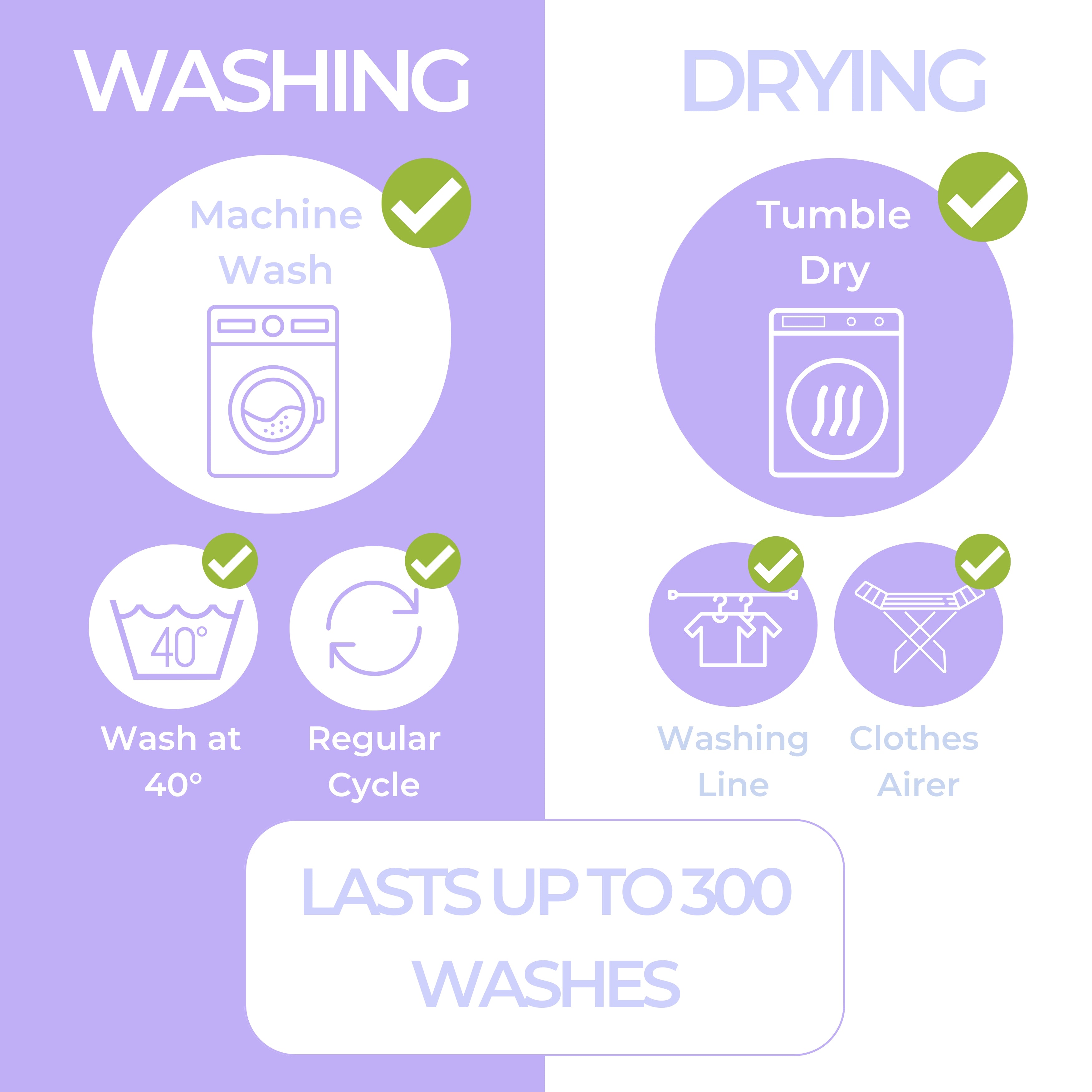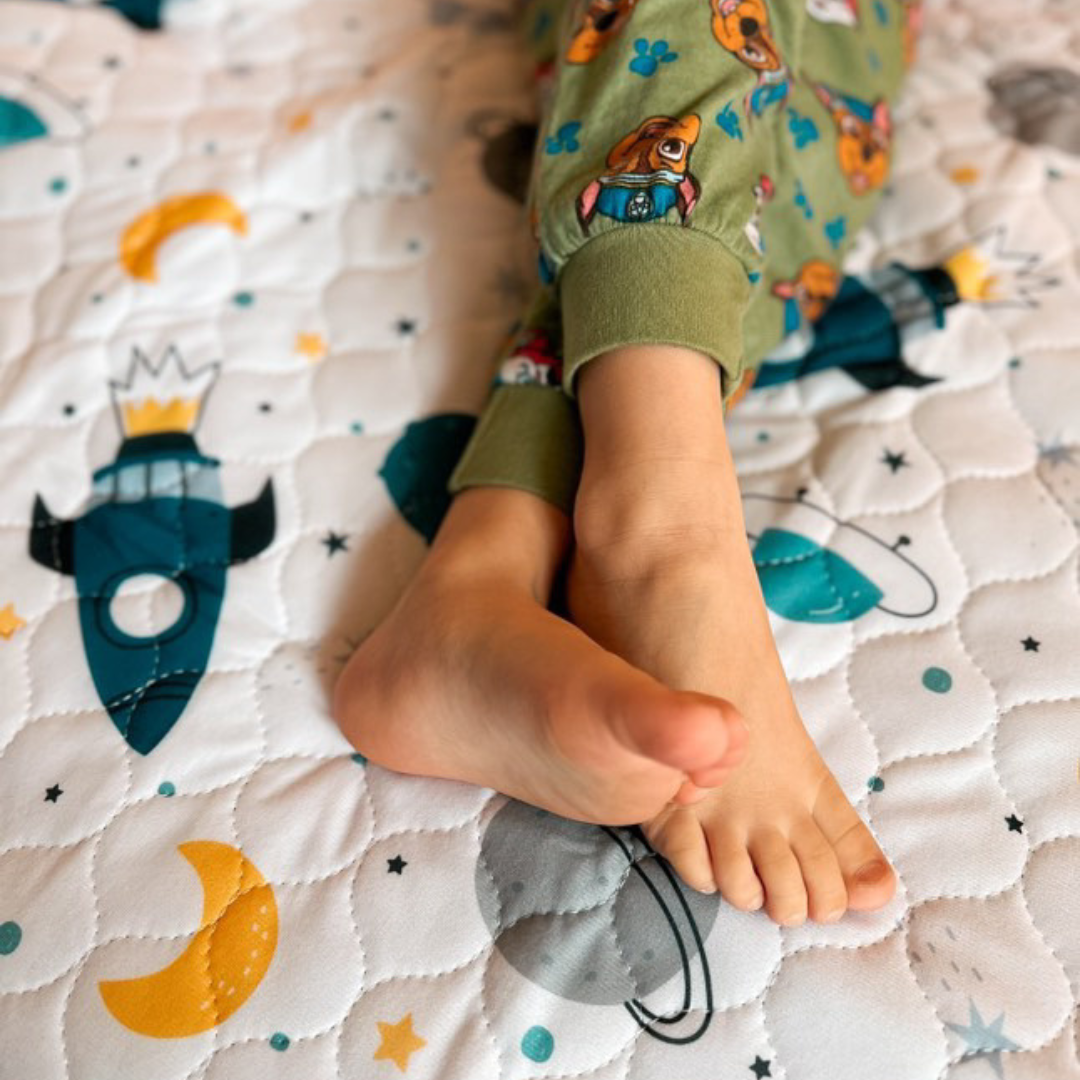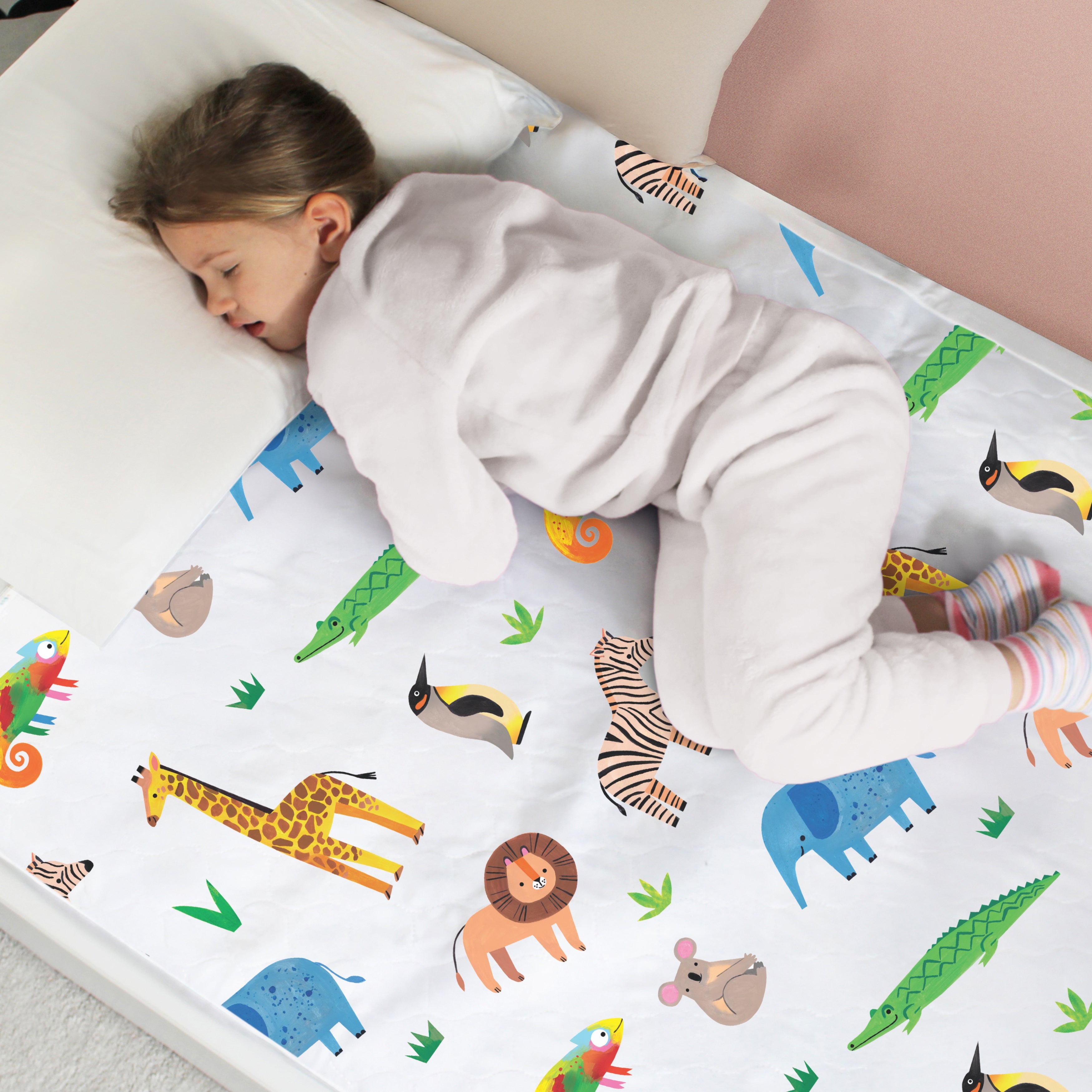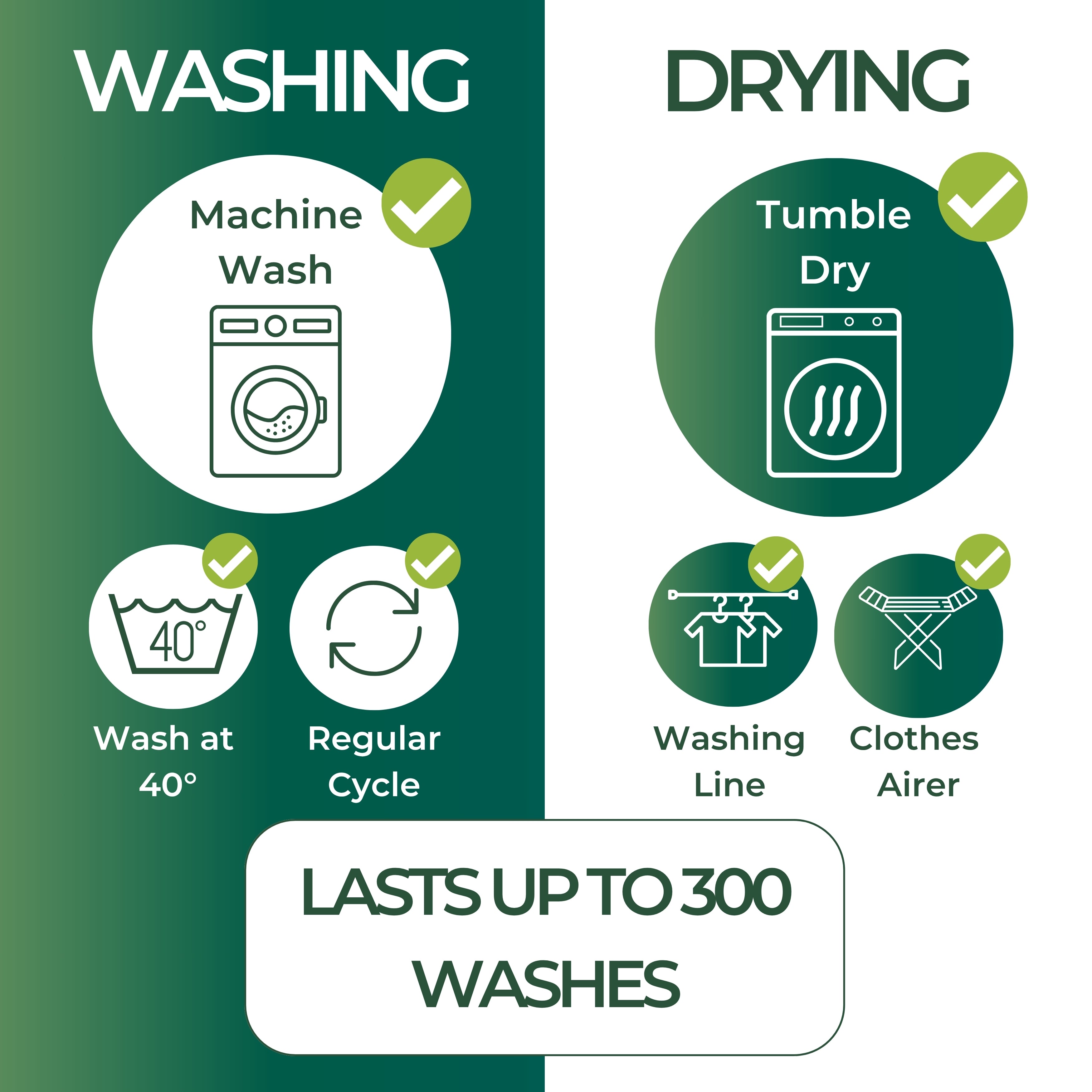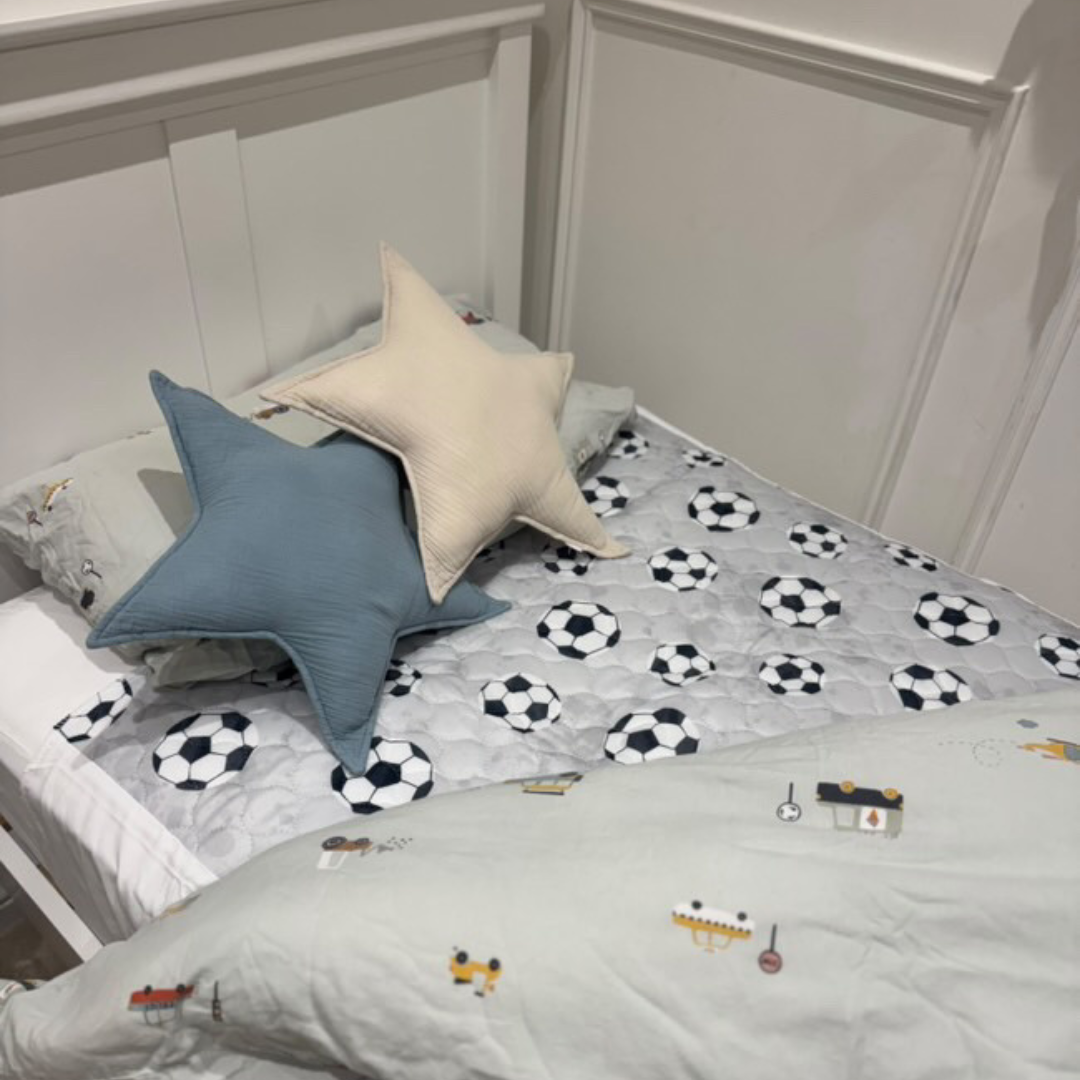Dealing with bedwetting in children can be a challenging and often disheartening experience for parents. The frustration and concern are entirely understandable, but what if I told you there might be a link between constipation and bedwetting that needs your attention? This isn't something that is widely known, but it totally makes sense when you think about it, and it often has more of an impact than people realise. In this article, we'll delve into the relationship between these two issues and why addressing constipation could be key to resolving bedwetting problems in kids.
Understanding the Body's Dynamics
To comprehend the connection between constipation and bedwetting, let's take a closer look at how the human body works (don't worry, you don’t need a Biology PhD for this). The bladder, responsible for storing and releasing urine, sits comfortably in the lower abdomen. Next to this is the rectum, where your child's poo is stored before being eliminated. The two are neighbours, separated by a thin wall.
The Constipation Factor
When constipation enters the scene, it can throw off the delicate balance in this abdominal neighbourhood. Constipation, or the backup of stool in the rectum, exerts pressure on the bladder. This pressure can irritate the bladder muscles and, in turn, lead to bedwetting during the night. In children, whose bodies are still developing, this connection can be particularly pronounced.
Why It Matters
Understanding the constipation-bedwetting link is crucial for parents grappling with nightly incidents. Addressing constipation may well be the key to unlocking the mystery of bedwetting. It provides an opportunity to treat the root cause rather than merely managing the symptom.
The Role of Hygge Sheets
While working to resolve the constipation issue, managing bedwetting is equally important. Hygge Sheets waterproof bedwetting sheets, with their breathable and absorbent properties, can be a game-changer for both parents and kids. These bed wetting sheets provide a comfortable and protective layer, ensuring that the bed remains dry. Pairing these with a bedwetting alarm can also help reinforce nighttime potty training, making it easier for children to develop better bladder control.
Steps to Address Constipation
Now that we understand the connection, let's explore some steps to address constipation in children:
- Dietary Changes – Ensure your child's diet includes fibre-rich foods like fruits, vegetables, and whole grains to promote regular bowel movements.
- Hydration – Encourage your child to drink plenty of water, as staying hydrated supports healthy digestion.
- Regular Toilet Habits – Establish a routine for bathroom breaks, especially after meals, to encourage timely bowel movements.
- Medical Consultation – If constipation persists, consult with a healthcare professional. They can provide guidance on appropriate laxatives or other interventions tailored to your child's needs.
Additionally, using a comforting nightlight in your child's bedroom can make nighttime trips to the toilet less intimidating, encouraging them to wake up when needed.
By addressing constipation and equipping your child with the right tools for nighttime potty training, you can help them achieve dry nights with confidence.
Take care,
Catherine x

